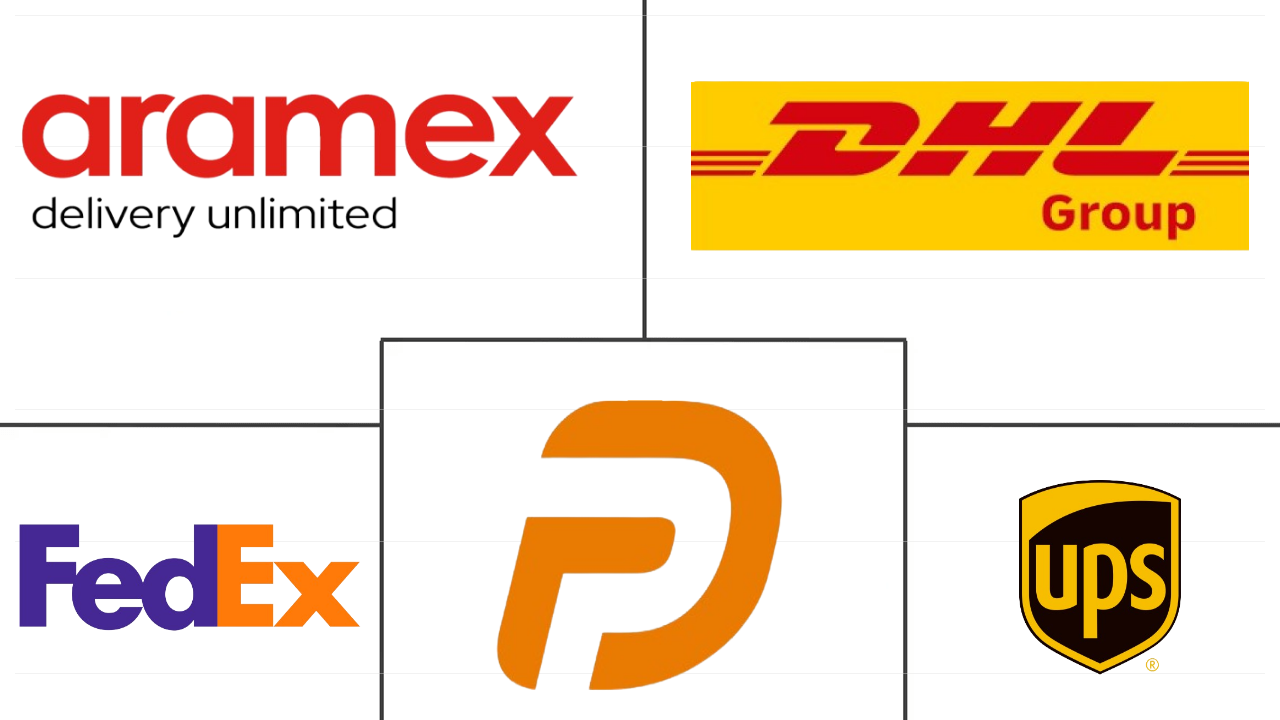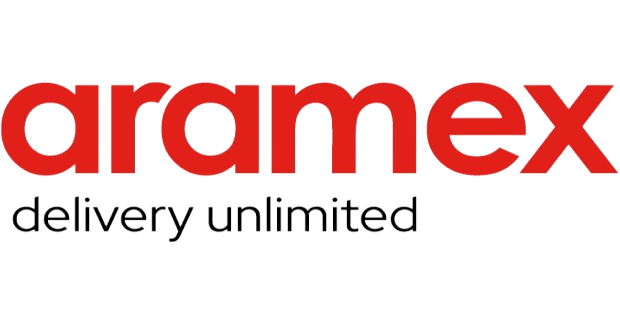Market Size of gcc courier, express, and parcel (cep) Industry
| Icons | Lable | Value |
|---|---|---|
|
|
Study Period | 2017 - 2030 |
|
|
Market Size (2024) | USD 3.60 Billion |
|
|
Market Size (2030) | USD 5.52 Billion |
|
|
Largest Share by Destination | Domestic |
|
|
CAGR (2024 - 2030) | 7.38 % |
|
|
Largest Share by Country | Saudi Arabia |
Major Players |
||

|
||
|
*Disclaimer: Major Players sorted in no particular order |
GCC Courier, Express, and Parcel (CEP) Market Analysis
The GCC Courier, Express, and Parcel (CEP) Market size is estimated at 3.60 billion USD in 2024, and is expected to reach 5.52 billion USD by 2030, growing at a CAGR of 7.38% during the forecast period (2024-2030).
3.60 Billion
Market Size in 2024 (USD)
5.52 Billion
Market Size in 2030 (USD)
6.03 %
CAGR (2017-2023)
7.38 %
CAGR (2024-2030)
Fastest Growing Market by Speed of Delivery
8.24 %
Projected CAGR, Express, 2024-2030
E-commerce and logistics players are moving toward providing same-day delivery services due to rising demand, which is significantly driving the growth of express delivery.
Fastest Growing Market by Model
9.58 %
Projected CAGR, Business-to-Consumer (B2C), 2024-2030
The B2C segment is generating major parcel delivery demand due to increasing domestic and cross-border e-commerce in the region.
Largest Market by Shipment Weight
55.50 %
value share, Light Weight Shipments, 2023
Online orders for goods like fashion items, medicines, and personal care products are driving the delivery demand for lightweight parcels in the region.
Largest Market by End User Industry
42.92 %
value share, E-Commerce, 2023
E-commerce in the region is driven by an acceleration in online shopping, led by favorable government policies, affordability, and convenience of shopping from home.
First leading Market player
13.34 %
market share, Aramex, 2022

Aramex has an employee size of 6,560 employees in the GCC region. In 2022, it added new micro hubs and introduced new double-trail trucks in the GCC region.
Digital and technological advancements driving CEP industry growth in the region
- E-commerce has been a major driver for CEP growth in Saudi Arabia. The biggest player in the e-commerce market is extra.com, recording a revenue of USD 278.3 million in 2022. It was followed by amazon.sa and nahdionline.com, with revenues of USD 242 million and USD 211.6 million, respectively. Collectively, the top 3 stores accounted for 31.8% of the top 100 online stores' revenue in Saudi Arabia in 2022. With e-commerce user penetration projected to touch 73% by 2027, the Saudi Arabian CEP market is expected to grow significantly.
- UAE began issuing flying parcel delivery vehicle licenses in 2023. Vertical takeoff and landing (eVTOL) aircraft are going to be used to deliver parcels across the country, which potentially could lead to speedy sending and receiving, specifically of small cargo, while also ensuring environmental benefits. RegLab works with the issuance of the electric aircraft license and issues a temporary license to test electric vertical takeoff in UAE. The RegLab license is also in line with legal provisions that advance the country's objective of having net zero emissions by 2050.
- Qatar Post, the national postal service, delivered 779,000 postal items domestically and internationally in 2021. A digital archiving system was implemented by Qatar Post to ensure efficient and high-quality services. The company released a receipt and delivery application with facilities like requests for receipt and delivery made using the app and submission of inquiries through online chat or WhatsApp. Incoming client calls decreased by 20% as a result of this. Also, 80,000 messages were received, and 30,000 fresh addresses were gathered.
Regional market is driven by the adoption of drone deliveries, digital automated warehouses and distribution centres
- The parcel volume in the region has witnessed growth driven mainly by a surge in e-commerce-led parcel shipments. Regional e-commerce has grown at a CAGR of 25% during 2017-2021. Saudi Arabia, the United Arab Emirates, Qatar, Oman, Bahrain, and Kuwait comprise the CEP market in the GCC region. Major courier players in the region comprise DHL, FedEx, Oman Post, Bahrain Post, Muscat Post, Saudi Post, Qatar Post, and Emirates Post.
- In 2023, Kuwait's Ministry of Communications launched a new service to deliver express mail and parcels to homes exceptionally to the Al-Masayel Post Center. Qatar Post is a leading player that facilitates parcel services weighing up to 30 kg through its largest vehicle fleet in the country, comprising vehicles ranging from motorbikes to large trucks. Through its online shopping delivery service, Connected, Qatar Post enables overseas e-commerce purchases and delivery across industries like technology and lifestyle.
- The region faces certain challenges in meeting the warehousing and fulfillment needs of the CEP market, such as a lack of modern warehousing infrastructure, especially in the smaller towns and villages, to cope with a surge in the demand generated by the market. The inefficient last-mile delivery and cash-driven economy are other challenges affecting the market's growth. However, several players have been establishing fulfillment centers in the region. For instance, in 2022, the Saudi Authority for Industrial Cities and Technology Zones signed an agreement to establish 14 digital automated warehouses. In 2023, Amazon launched its new FC, increasing its total storage capacity in the United Arab Emirates by 70%. In 2022, e-commerce retailer Noon announced its aim of launching a 252,000 sq. meter fulfillment center facility.
